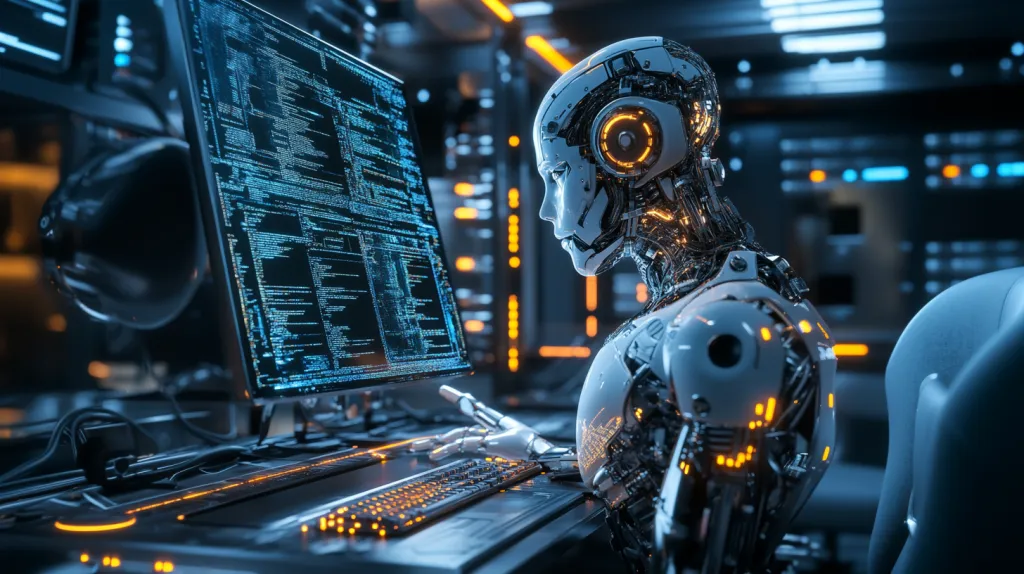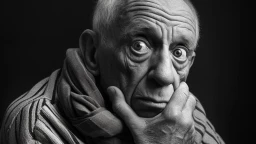10 Latest Advancements in AI Art - 2024

The intersection of art and artificial intelligence (AI) has yielded groundbreaking innovations, transforming how art is created, perceived, and consumed. Here, we delve into the latest advancements in AI art generation that are shaping the future of creativity.
Latest Advancements in AI Art Generation
1. Generative Adversarial Networks (GANs)
Development: Since their inception in 2014 by Ian Goodfellow, GANs have undergone significant evolution. StyleGAN, a notable variant, allows for high-resolution image generation with detailed control over specific attributes, enabling artists to create highly realistic and customizable artworks.
Impact: GANs have democratized art creation, allowing anyone to generate high-quality images. Artists can now experiment with different styles and compositions effortlessly, pushing the boundaries of visual realism and creativity.
2. Style Transfer Techniques
Development: Advanced algorithms like Adaptive Instance Normalization (AdaIN) and multi-style transfer have enhanced the ability to blend different artistic styles seamlessly. These techniques allow an image to adopt the style of a specific artist or artwork while maintaining its original content structure.
Impact: Artists can now create unique hybrid artworks, merging various artistic influences. This capability is especially useful in digital media, advertising, and content creation, where visual innovation is key.
Also raed: 12 Canva AI Tools to Enhance Your Design Workflow (with tutorial)
3. Text-to-Image Synthesis
Development: Models like OpenAI's DALL·E have revolutionized the field by generating detailed and coherent images from textual descriptions. This advancement leverages large-scale training on diverse datasets to understand and translate textual input into visual output.
Impact: This technology enables artists and designers to bring conceptual ideas to life quickly. It also holds potential in industries like publishing and gaming, where visual content needs to be generated from textual narratives.
4. Neural Style Transfer
Development: Improvements in neural style transfer techniques have made the process faster and more efficient, allowing for real-time applications. This includes advancements in both quality and speed, making it feasible to apply artistic styles to images and videos instantly.
Impact: Real-time style transfer is a game-changer for live performances and interactive media. Artists can experiment with different styles dynamically, enhancing creative expression and audience engagement.
5. AI-Assisted Creative Tools
Development: Platforms like DeepDream and Runway ML offer user-friendly interfaces for creating AI-generated art. These tools leverage complex algorithms to generate and manipulate images, providing artists with new avenues for creativity.
Impact: AI-assisted tools lower the barrier to entry for creating complex artworks, making advanced techniques accessible to a broader audience. They serve as powerful companions for artists, helping in brainstorming and completing projects.
6. 3D Art Creation
Development: Techniques such as voxel-based generation and neural radiance fields (NeRF) have advanced the creation of detailed 3D models. These methods allow for the generation of realistic 3D objects and environments from minimal input data.
Impact: This advancement is transforming industries like gaming, virtual reality (VR), and augmented reality (AR). Artists and developers can create immersive 3D worlds and objects with unprecedented detail and realism.
7. AR/VR Integration
Development: AI-generated art is increasingly being integrated into AR and VR environments. These technologies enable users to interact with and experience art in immersive, multi-dimensional spaces.
Impact: AR and VR integration offers new ways for audiences to engage with art. It provides interactive experiences that can be educational, entertaining, and deeply immersive, changing the way art is presented and appreciated.
8. AI Art Gallery Curation
Development: AI algorithms are now capable of curating art exhibitions by analyzing patterns, themes, and audience preferences. This automated curation process can identify emerging trends and artist styles.
Impact: AI-driven curation personalizes art viewing experiences, making exhibitions more dynamic and tailored to individual tastes. It also aids galleries and museums in managing large collections and attracting diverse audiences.
9. DeepDream and Hallucination Techniques
Development: Google's DeepDream and similar hallucination techniques have evolved, offering more control over the patterns and images generated by neural networks. These techniques explore the abstract and surreal aspects of AI-generated art.
Impact: The surreal and often psychedelic results of these techniques have found a place in digital art and media. Artists use them to create visually captivating and thought-provoking pieces that challenge traditional notions of art.
10. Ethical and Legal Considerations
Development: As AI-generated art becomes more prevalent, discussions around authorship, originality, and copyright are intensifying. New frameworks and guidelines are being developed to address these issues.
Impact: Ethical and legal considerations ensure the responsible use of AI in art. They protect the rights of artists and creators, fostering a fair and respectful environment for the integration of AI in the creative industries.
Also read: How to use lightings in Midjourney: Working with multiple lightings on a single image
Conclusion
The advancements in AI art generation are not just technical feats; they represent a profound shift in the creative landscape. By enhancing artistic capabilities and broadening creative horizons, AI is empowering artists to explore new frontiers and redefine the boundaries of art. As technology continues to evolve, the symbiotic relationship between AI and art promises to usher in an era of unprecedented innovation and artistic expression.









